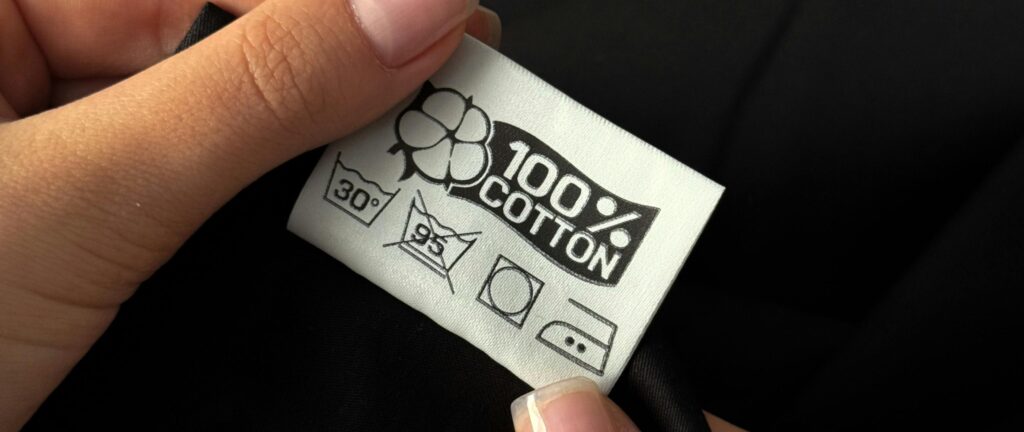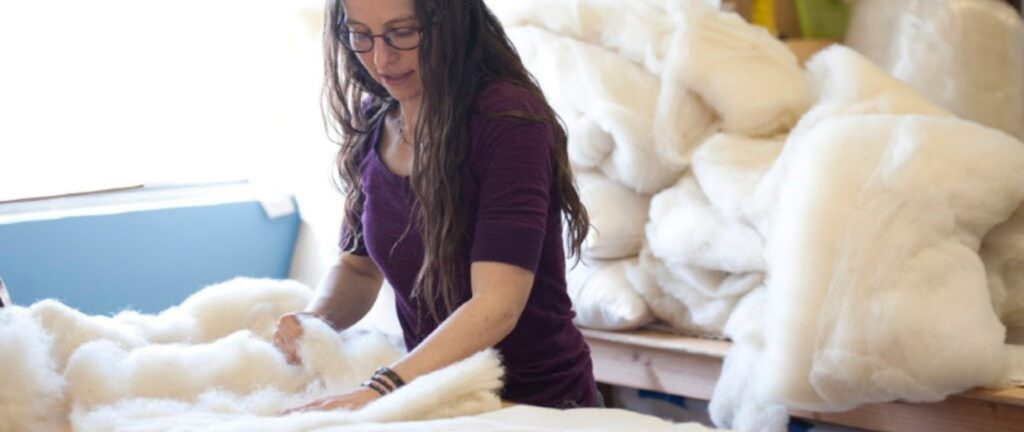What’s Really Behind High-End Goods—and Why It Matters
You’ve probably seen the headlines about rising tariffs between the U.S. and China. While that might sound like a topic for economists, it’s actually pulling back the curtain on something much closer to home: how and where the products we buy are really made.
As global supply chains come under pressure, some surprising details are coming out—especially in the world of high-end goods and fashion. More and more, consumers are learning that many “luxury” items aren’t quite what they seem. Let’s look into it.

The Image of Luxury Craftsmanship
When we think of luxury clothing and handbags, we often picture skilled artisans in Italy or France carefully stitching leather or tailoring garments by hand. For years, labels like “Made in Italy” have helped sell the idea of old-world quality.
As you may have seen recently on social media, factory owners and workers in China have begun sharing that many of those luxury products are made in their facilities—not Europe. In some cases, the final steps are done overseas so that the brand can legally use a European label, but most of the work and materials come from elsewhere.
This doesn’t necessarily mean the products are poorly made—but it does raise questions about transparency and how much of what we pay for is based on image rather than substance.

A Quiet Shift in Materials
We’ve been aware of this trend for quite a while. There are a few factors at play:
- The 60s and 70s brought increased environmental awareness, as Rachel Carson’s book Silent Spring and environmental disasters captured the attention of US citizens (learn more here). While this is overall great, it did set in motion environmental regulations that, in concert with modern labor laws, sent manufacturing overseas where environmental and labor laws were more relaxed.
- The rise of synthetic materials like acrylics, polyester, and rayon made from petroleum products gradually took over market share for natural fibers and materials like wool, cotton, linen, and silk.
Sometimes luxury brands shift the materials they are using or their production facilities, but don’t announce the changes. Items that used to be made from natural fibers like wool, silk, or cashmere are increasingly blended with—or even replaced by—synthetic materials like polyester or acrylic. That “handmade” Italian leather bag you paid a mint for may have actually been constructed mostly on an assembly line in China.
Needless to say, the quality isn’t quite what it used to be, especially in the case of synthetic fabrics. Products are cheaper to produce and easier to scale, but they’re not always breathable, durable, or biodegradable. Despite the lower cost of production, the retail prices often remain the same—or even higher—because the brand name carries so much weight.
It’s not always obvious—some pieces still look beautiful on the outside. But for those of us who care about natural materials, sustainable practices, and knowing where things come from, the difference matters.
What This Means for Conscious Consumers
If you prioritize wellness, sustainability, and thoughtful purchasing, it can be frustrating to discover that what you assumed was high-quality might not line up with those values.
Many of us are drawn to products that feel real—both in how they’re made and what they’re made from. So when a luxury item turns out to be made of mostly plastic fibers or produced in ways that aren’t aligned with fair labor or environmental care, it’s easy to feel let down.
But it’s also a reminder of why choosing well-made, natural goods matters more than ever.

How to Shop with Confidence
The good news is that there are still plenty of brands committed to doing things the right way—like us! Here are a few ways to make sure your purchases reflect what you care about:
- Check the fiber content. Look for natural materials like wool, cotton, silk, or linen. Be cautious of items labeled “eco” or “sustainable” if they’re still made with mostly synthetics. Given the health considerations of plastics, even clothing made with recycled plastics is still plastic.
- Learn where things are made. Some companies are very open about their sourcing and production practices. That’s usually a good sign.
- Choose quality over branding. A high price doesn’t always mean high standards. Sometimes, the best-made items come from smaller brands that focus more on materials than marketing.
- Think long term. Whether it’s a coat or a comforter, buying something that will last—and won’t end up in a landfill—is one of the best choices you can make.
Why It Matters to Us
At Shepherd’s Dream, we think a lot about how things are made. That’s why we work with natural fibers like wool, why we partner with trusted farms, and why we make it right here with our own hands—so you can shop with confidence.
We’re not interested in shortcuts. We believe the materials in your home should be healthy and built to last—not just look good on the surface. That’s what we call heirloom quality.
Check out our cred!

A More Honest Kind of Luxury
The recent spotlight on fashion manufacturing may be revealing, but it’s also useful. It’s a reminder to look beyond the label and think about what we’re really bringing into our homes and lives.
In the end, real luxury isn’t about a brand name. It’s about comfort, quality, and knowing your purchase is in line with your values. And that’s something worth investing in.
Thank you so much for tuning in today! Here’s some more Counting Sheep for you on similar topics:
- Made in the USA, and Why It Matters
- A Global Tale of Fast Fashion
- Transform Your Space: Inviting Minimalism Into the Bedroom
- Microplastics and Health: What You Need to Know
Give us a follow on Instagram, sign up for our Ewe’s Letter below if you’re not already a Dream Team insider, and until next time—sweet dreams!

